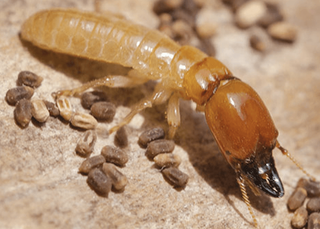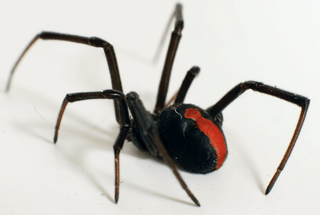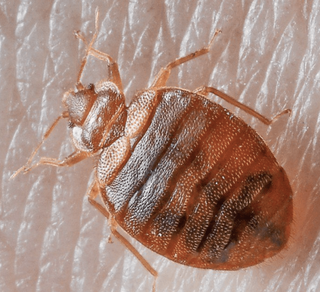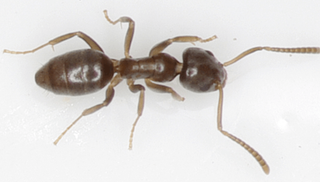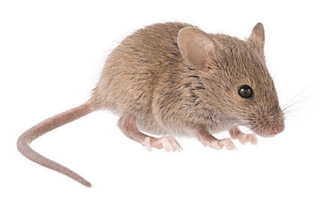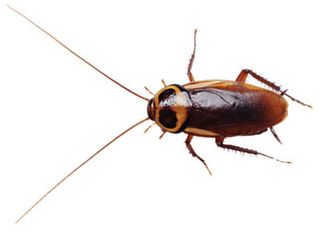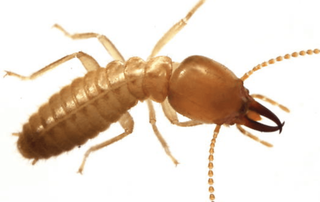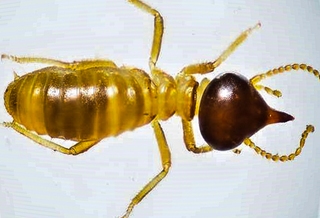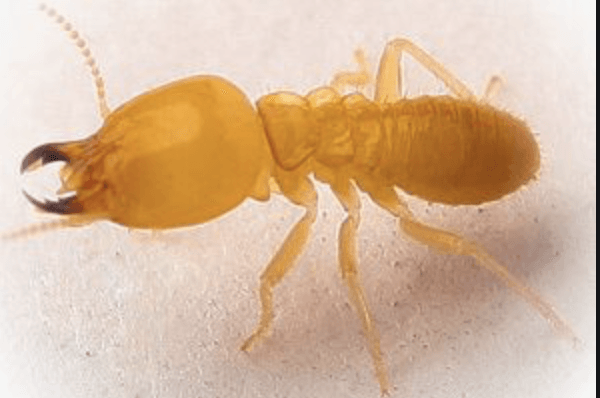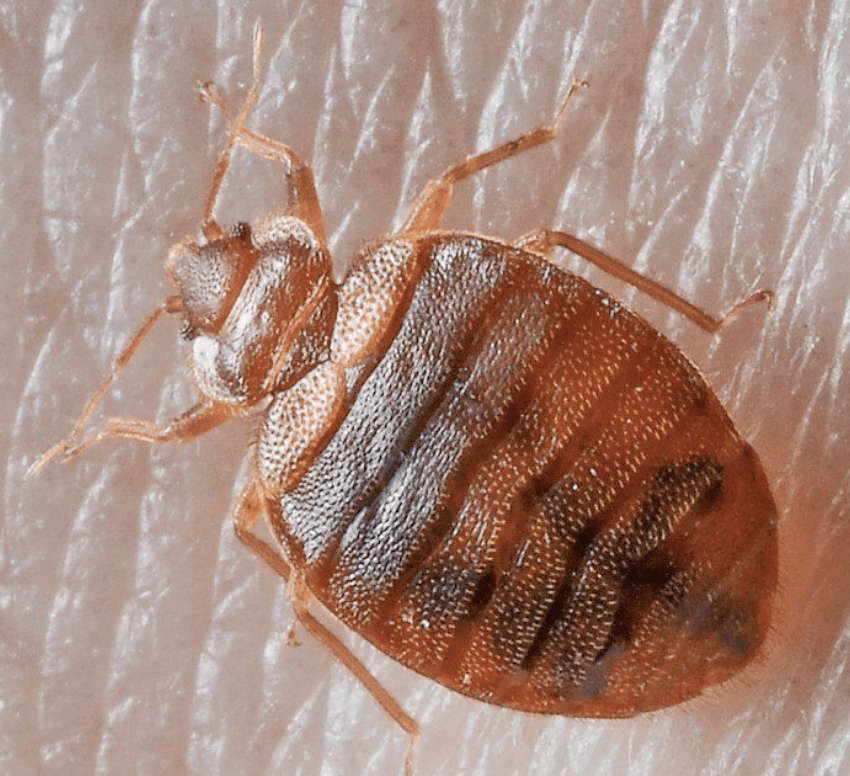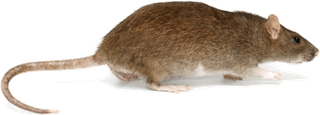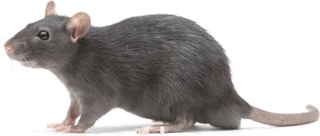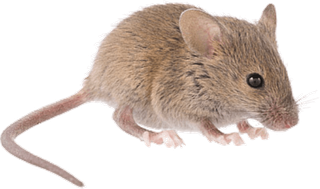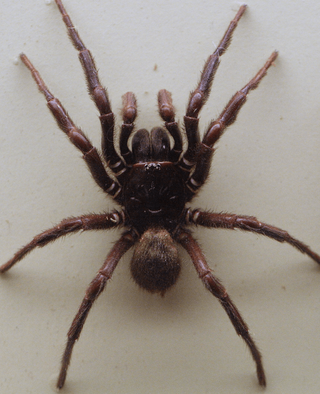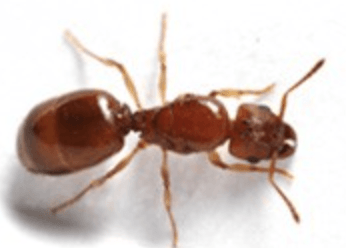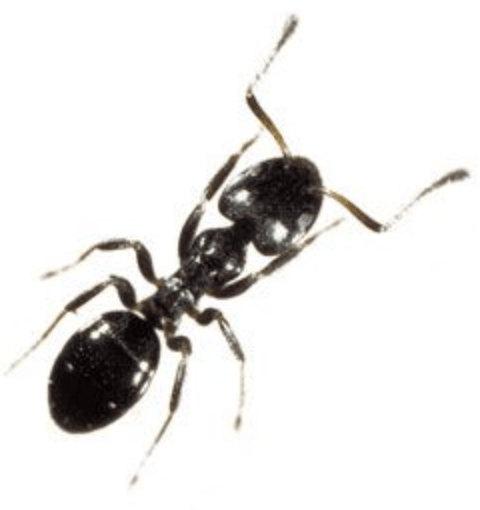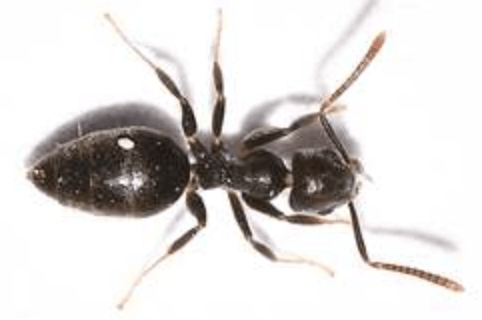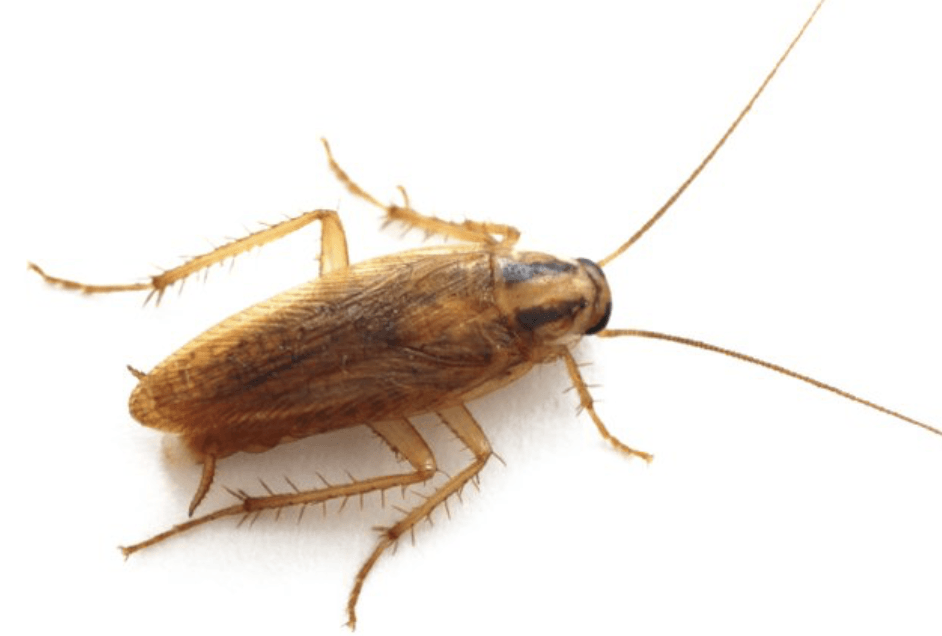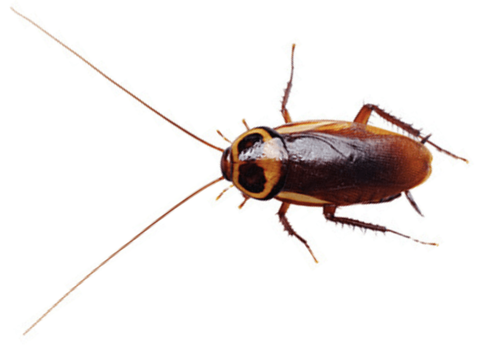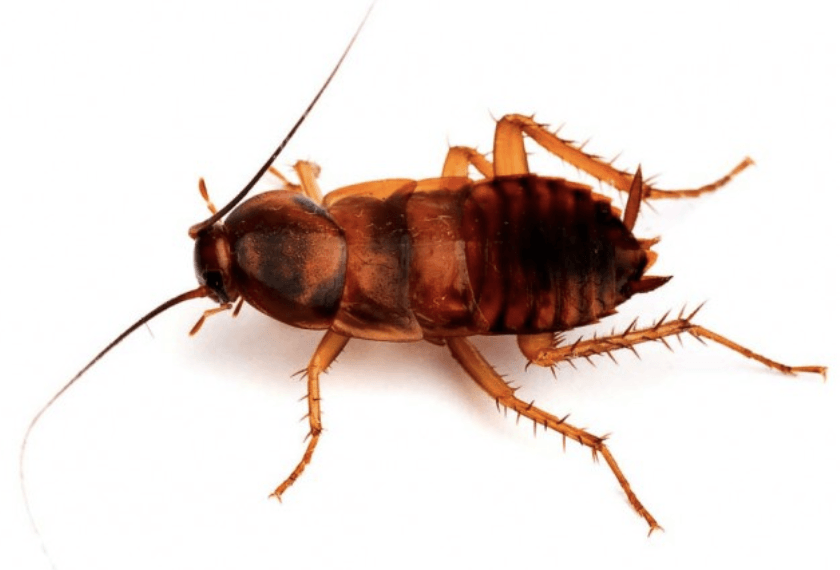Termites are one of the most intrusive pests in Australia. They are mostly pale brown to white and although are known as "white ants", they have very little in common with ants with the exception of living in colonies with castes. Termites come in a variety of species, the will either build a subterranean nest, a mound above ground nest or an arboreal nest.
Coptotermes
are prevalent Australia-wide and contains the most destructive species of all termites, Coptotermes acinaciformis. It is a subterranean species and non-mound builder except in tropical areas. It mostly nests in trees, stumps, poles or filled in verandahs where timber has been buried. Mostly found in the root crown or lower part of the trunk. They attack all timber structures and damages forests, ornamental and fruit trees. Soil contact is desirable but not essential provided that moisture and security are assured in its habitat. Many of the species within the Coptotermes genus cannot be identified by soldier caste alone and is almost impossible by non-specialist as soldier sizes overlap.
Nasutitermes don't have mandibles and the front of the head is drawn out to a beak. Most species are non-mound building and subterranean, the most encountered of the species on the North Coast of NSW is the
Nasutitermes walkeri. It is a subterranean species that builds an arboreal nest. The arboreal part of the nest is connected to another part of the colony in the root crown or subterranean part of the tree. The connection is both internal and external of the tree in most cases. Tunnels to various food supplies are usually on the surface or just below ground level. They feed on decayed and weathered timber, particular if its in contact with soil.
Schedorhinotermes look similar to Coptotermes with short serrated mandibles and less round head. Identification is a specialist task, however some species can be easily eliminated due to limited distribution. They nest in tree stumps and root crown area of living, dead and debilitated trees. They also make nests in timber buried in the ground, under houses, under filled-in patios and in the ground immediently under fireplaces. They contain a major and minor soldier caste, with the appearance of major soldiers an indication the colony's increasing potential for damaging timber. They are serious pest of timber in service, with their intensity reaching that of Coptotermes acinaciformis.
Bedbugs are ectoparasites of humans and animals. Although they have never been linked to the transmission of serious diseases, the bites from bedbugs at night can be very irritating and often unbearable. They are blood suckers at all stages of their cycle, so a substantial infestation can lead to much biting and annoyance. Historically they are associated with hotels, motels, hostels and other dormitory-type facilities. In domestic residences, an infestation is located mainly in the bedroom but can spread throughout the rest of the house.
Adult bedbugs about 4-5mm long, a rusty-brown colour, wingless and oval-shaped. The body is quite flat but can expand and become ovoid after blood-sucking. They can survive several months without a blood meal. They usually bite their host in the few hours before dawn.
Bedbugs will live in bedding (especially under mattress buttons), furniture, behind skirting and architraves, among books, behind wallpaper and in any other cracks or crevices they can find. Bedbugs are largely dispersed by being carried by humans in furniture, luggage and clothes, as well as other items. Although their mobility is restricted to crawling within buildings, they may infest adjacent rooms or apartments and neighbouring houses can be infested by their crawling habit.
If you have an infestation, we recommend downloading the bedbug Code of Practice from the link below after contacting a licensed technician.
Bedbug Code of Practice:
Rodents are well adapted to living in very close association with humans. Throuhgout history, rodents have been responsible for enormous losses of food and due to their ability to transmit diseases to humans by a variety of means, enormous losses of human life. The tree pest species, Norway rat, roof rat and house mouse are all omnivorous.
Norway rat,
also known as the brown rat, sewer rat, common rat and water rat is the larger of the two pest rats. It has the thickest body, blunt nose, small ears and a tail that is shorter than its body length. It is possibly the most economically detrimental pest rodent in Australia. They will infest factories, warehouses, poultry farms, supermarkets, shops, domestic premises and many other types of places. In most cases where the territory of the Norway rat overlaps that of other rodent species, the Norway rat will become the dominant species, often driving the other out of the area. Their fur is a red-brown colour, and adult weighs more than 400g with droppings that are blunt and about 18mm long.
Roof rat, also known as the black rat and ship rat is the smaller of the pest rodents. They have a slender build, more pointed nose, large prominent ears and a tail longer than its body. It is more restricted to indoors and city areas than the Norway rat. They have an excellent climbing ability allowing them to often nest in the upper parts of tall buildings. They can easily cross buildings via connecting cables. They can nest outdoors among vines and trees but seldom burrow. While they are omnivorous, they consume a high proportion of fruit and vegetable material. They commonly infest ships. It has grey, black or brown fur which may be white underneath. An adult weighs over 200g with droppings that are pointed and about 12mm long.
House mouse, also refers to as the field mouse is small with large ears, pointed nose and a tail at least as long as the body. They will live either indoors or outdoors, sometimes entering buildings when climatic conditions are adverse. When living indoors they typically live in wall cavities, cupboards, roof voids, stored food, furniture and many other locations. Outdoors they live in burrows. They can live on the moisture in grain without needing supplementary water intake. If living indoors they are usually a darkish grey colour with a lighter grey underbelly. If living outdoors they are more sandy or yellow-brown colour. An adult weighs around 20g with droppings that are pointed and 3-4mm long.
Spiders
are a common pest Australia wide, with many species in Northern NSW considered dangerous. If a dangerous spider is seen, it is recommended getting a treatment as soon as possible.
Redback
spider is closely related to the Black Widow spider of the United States. It is named for the distinctive red mark on the back of the spider. However this mark can be orange or absent on the female, the male's marks more complicated and can also be white or yellow. Only the female poses a danger to humans as the males fangs can't penetrate the skin. In suburban areas they will live under eaves, in fences, shelves and around garden ornaments.
Northern Rivers Funnel Web, also known as the Northern Tree Funnel Web
is the largest of all funnel web spiders. As its name suggests, it is a tree dwelling funnel web making its nest in dead stumps or pre-existing gaps in trees. It has been found as high as 30m above the ground. The females grow to about 50mm long and the males to about 35mm long. They are usually very dark brown to black with large fangs. The female's venom toxicity is far greater than that of the male's.
Sydney Funnel Web
spider is dispersed far more widely than was believed, being spread throughout most of NSW. Although the colour does vary, they are usually a glossy blue-black. The females grow up to about 35mm long and the males to. 25mm. When agitated they will attack with ferocity. They produce a neurotoxin that can cause uncontrollable muscle spasms, the male's venom contains about 6 times more neurotoxin than the female.
Ants are regarded as a nuisance pest in and around buildings. Small mounds may be considered unsightly, particularly around skirting boards and under lighting fixtures. Ants can also produce a health risk. There are known instances of ants carrying, either on their bodies or in their digestive tract disease organisms causing dysentery, smallpox and a variety of pathogenic bacteria, including Salmonella. As any commonly savage in kitchens, it is recommended ants are treated as soon as possible.
Coastal Brown Ants are common pest in Northern NSW. They range from 1.5mm to 2.5mm and are a light yellowish brown to darker brown colour. They will often nest in building structures, in crevices in brickwork, cavity walls and behind skirtings and architraves. They prefer to eat materials of animal origin including dead insects, meat particles, fat and grease.
Black House Ants are the most prominent species in Northern NSW. They range from 2.5 to 3mm and are coloured black. Most commonly nests outside against paths, rockeries and other crevices. May nest in cavity walls and subfloors. They eat a variety of food materials but prefer sweet food.
Carpenter Ants come in a variety of colours. They range from 7 to 12mm in length. They most commonly nest in decayed. or moist wood, sometimes will nest in soil. They mostly forage for food at night and eat live and dead insects, honeydew from sap suckers and a variety of household wanted. They are attracted to sweets.
Whitefooted House Ants
are easily confused with black house ants. They range from 2.5 to 3mm and are black with pale feet. Commonly nest indoors and outdoors. Nest can be found in cavity wall, behind skirtings and architraves, under and behind kitchen and bathroom cupboards. They are a general feeder in that they will eat meats and sweets, most likely preferring sweets.
Cockroaches are regarded by many as the biggest pest species in Australia. Many different reasons exist for why cockroaches are a pest. They contaminate food, utensils and areas with droppings, skin, empty egg cases and vomit. With a substantial infestation an unpleasant odour may develop from mouth secretions. Some people are allergic to cockroaches. Although rare, cockroaches have been known to bite people and they likely play a major part in disease transmission.
German Cockroach
is relatively small and is probably the most wide spread and successful cockroach to coexist with humans. It is the most prolific breeder of all pest cockroaches. They are a light amber-brown with 2 dark longitudinal stripes on their head and grow to 12 to 15mm. They commonly infest the interior of buildings, mostly around kitchen areas, storerooms and other food handling areas. They can also be found in. and behind stoves, sinks refrigerators, water heaters and other appliances. Prefers to be close to food, moisture and warmth. Does not fly.
Australian Cockroach is considered to be a mostly outdoors cockroach. It is brown with a yellow border around the head and grows to 30 to 35mm long. It prefers plant material and is often found under tree bark, among wood piles and other moist, decaying vegetable matter. They can also be found in subfloors, wall voids, garages and sheds. They may fly in warm weather.
Brownbanded Cockroach is an indoor cockroach. They are pale brown with very pale bands across the thorax and abdomen. and is 10 - 14mm long. They commonly infest houses, offices and other buildings. They are not restricted to kitchen areas as they prefer dryer areas in furniture, around picture frames, in light fittings and among stored paper. Unlike the German cockroach, it typically infests throughout entire buildings. They will fly when warm or disturbed.
